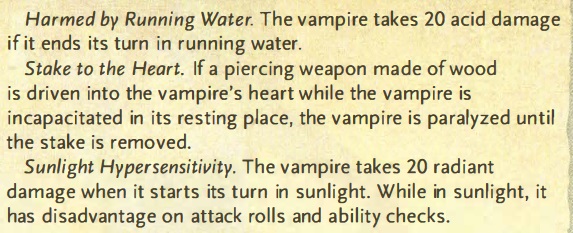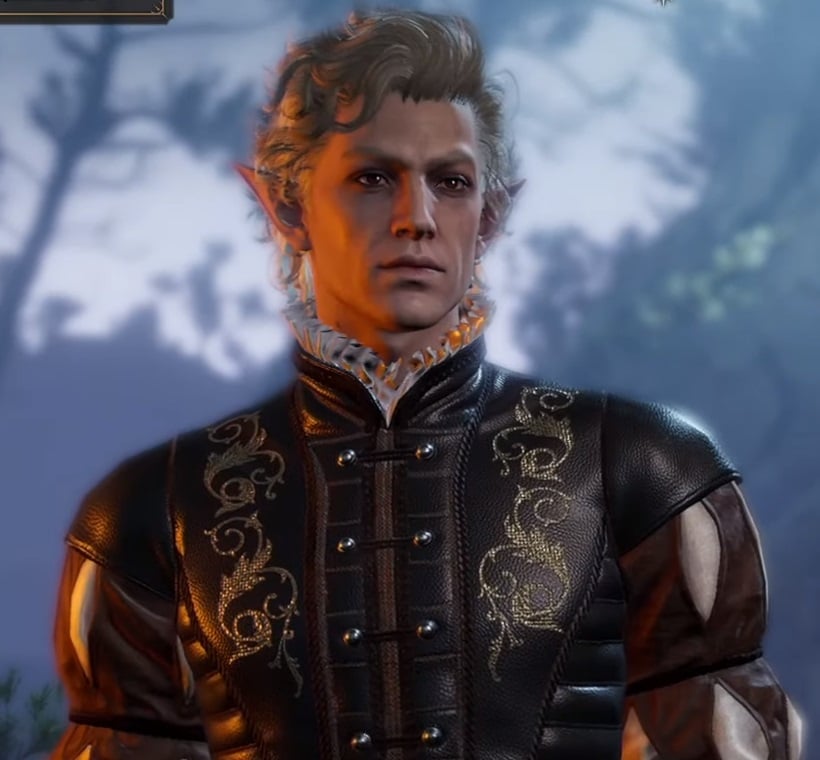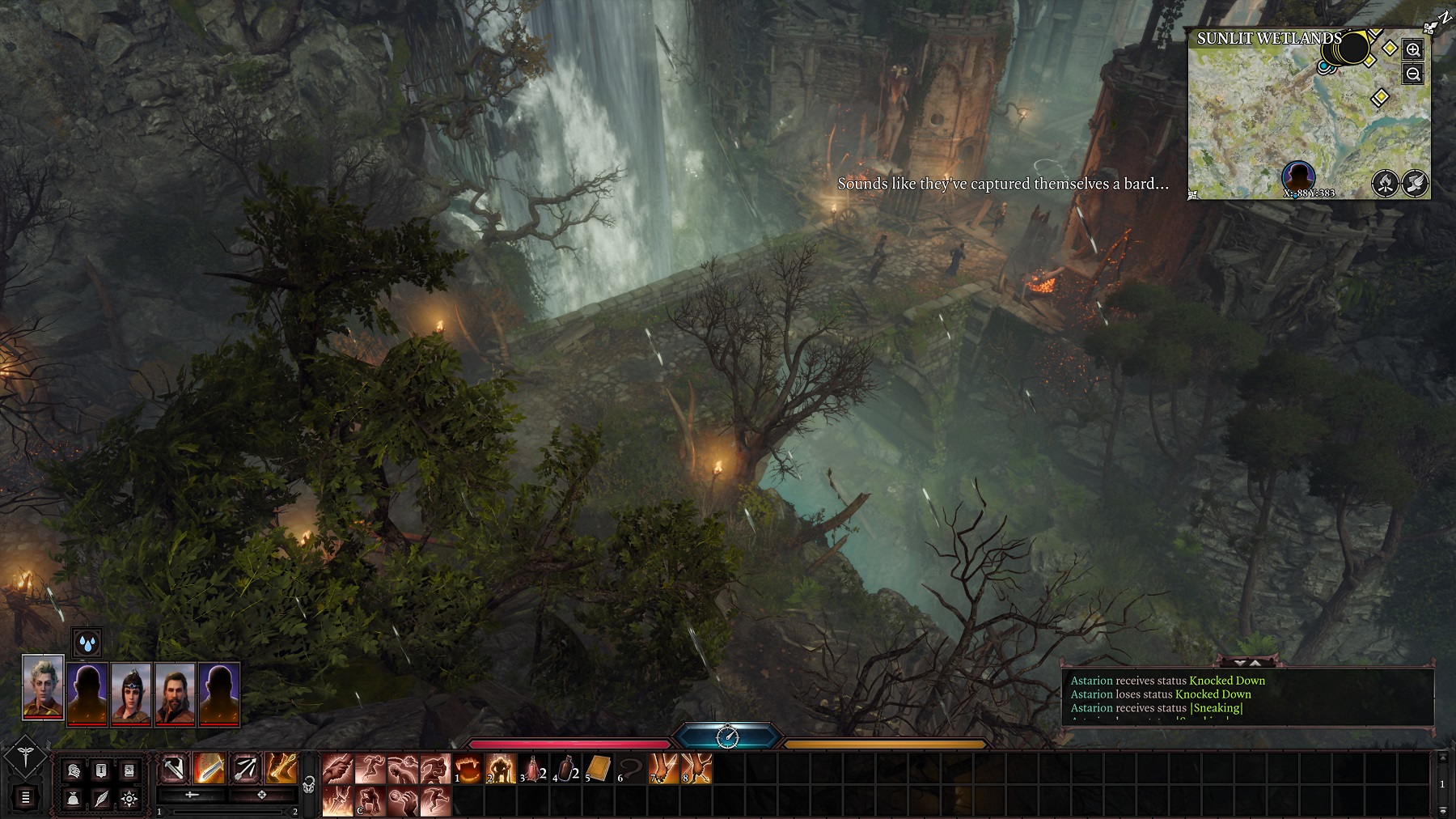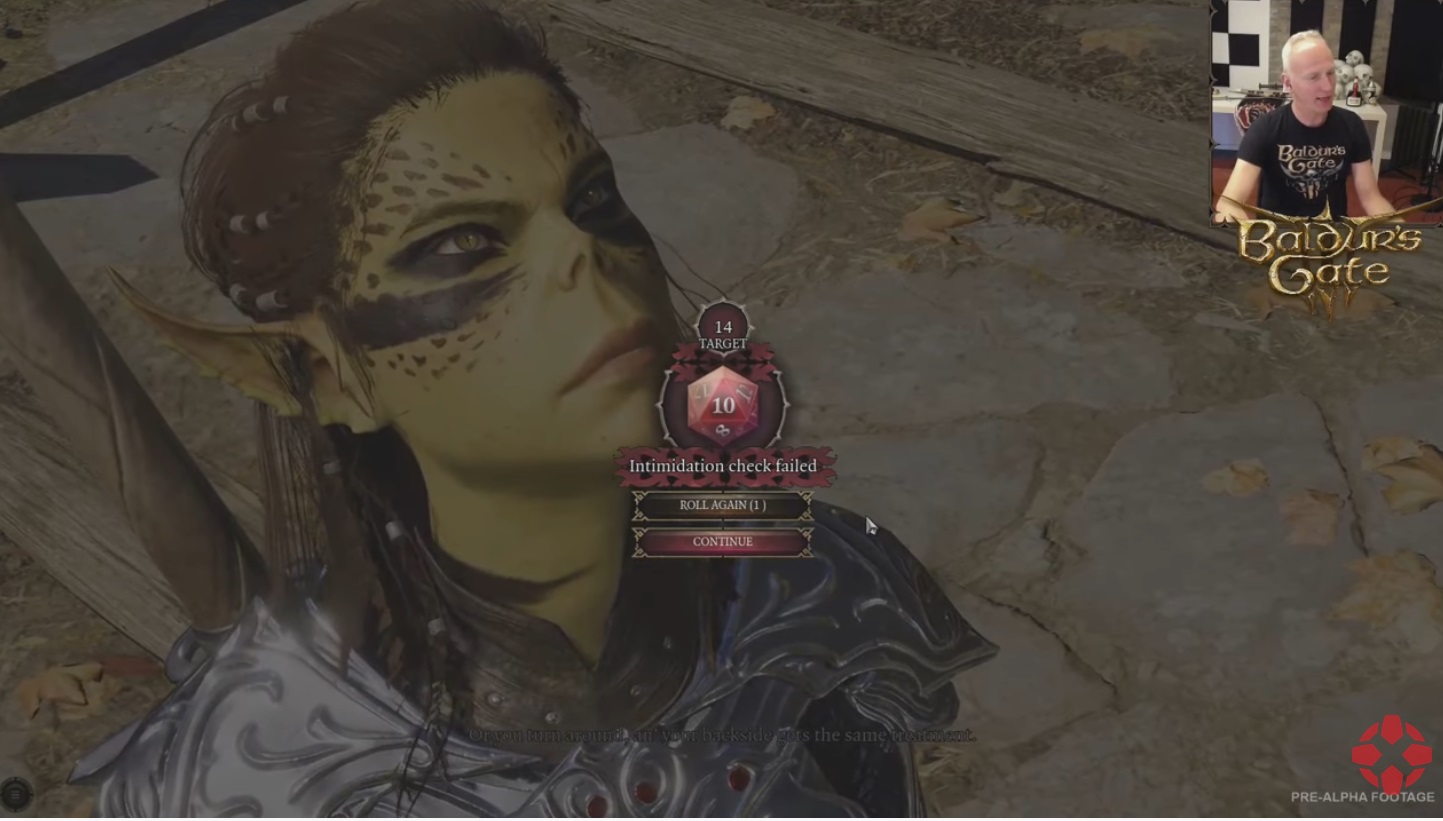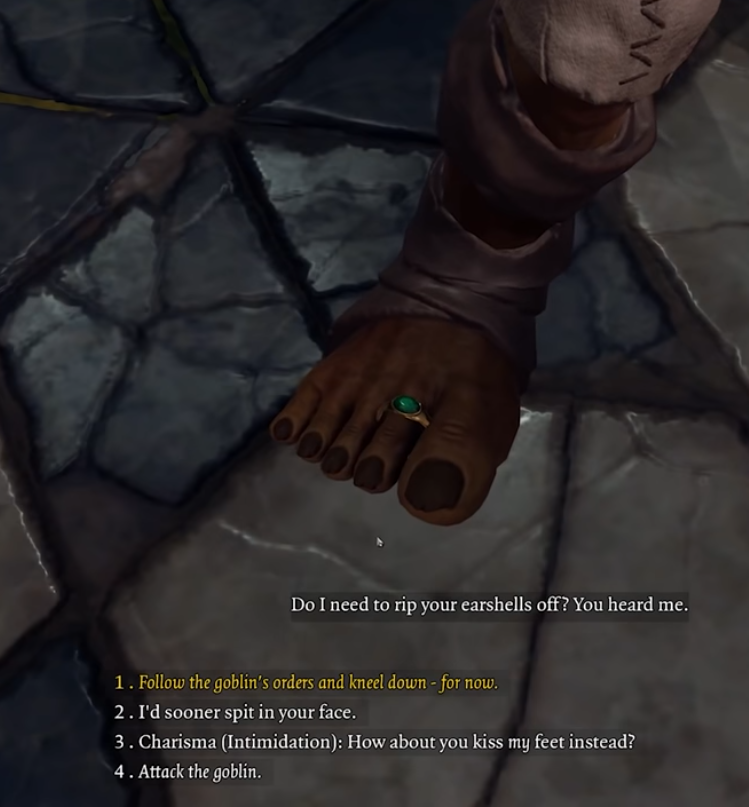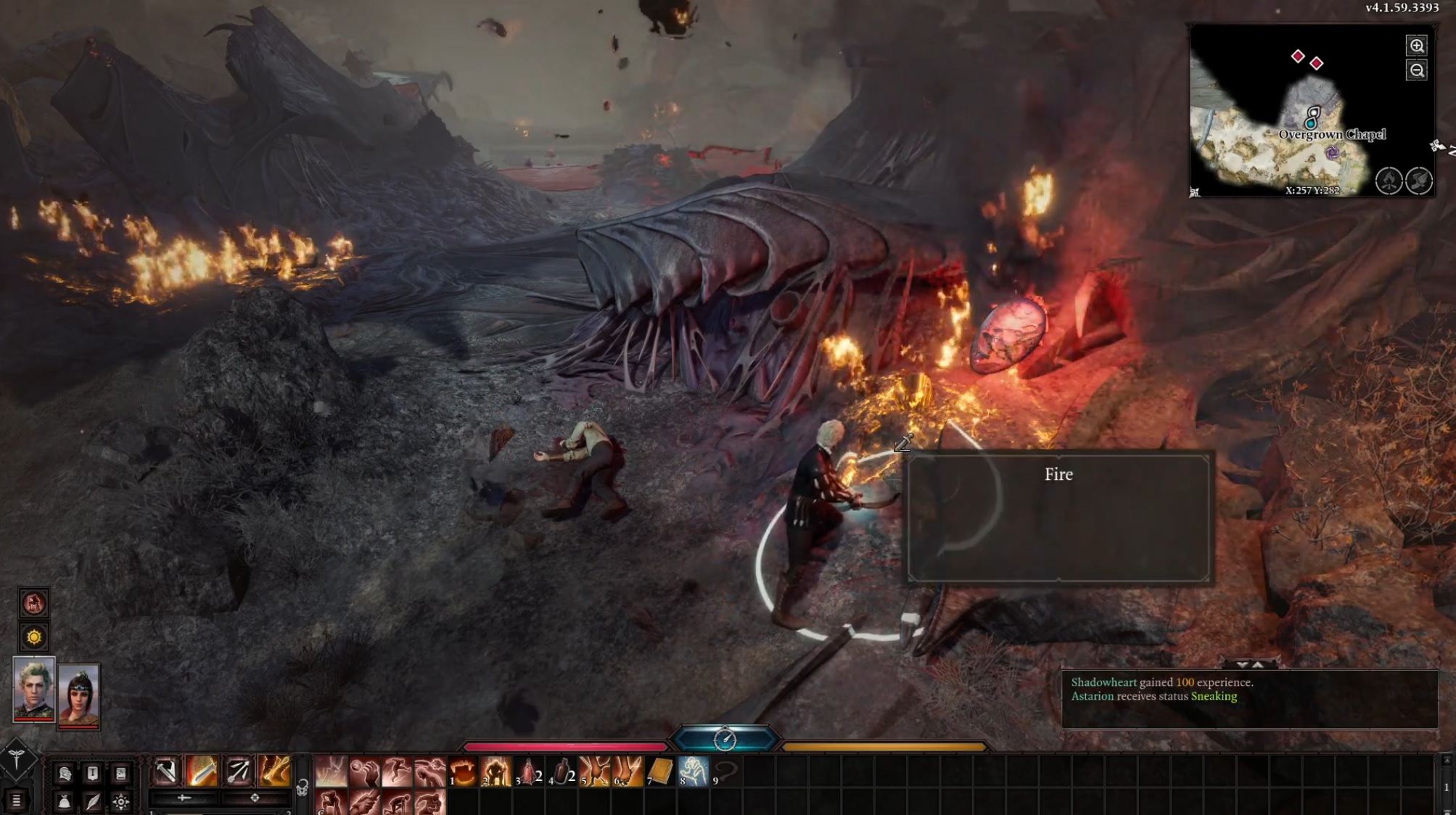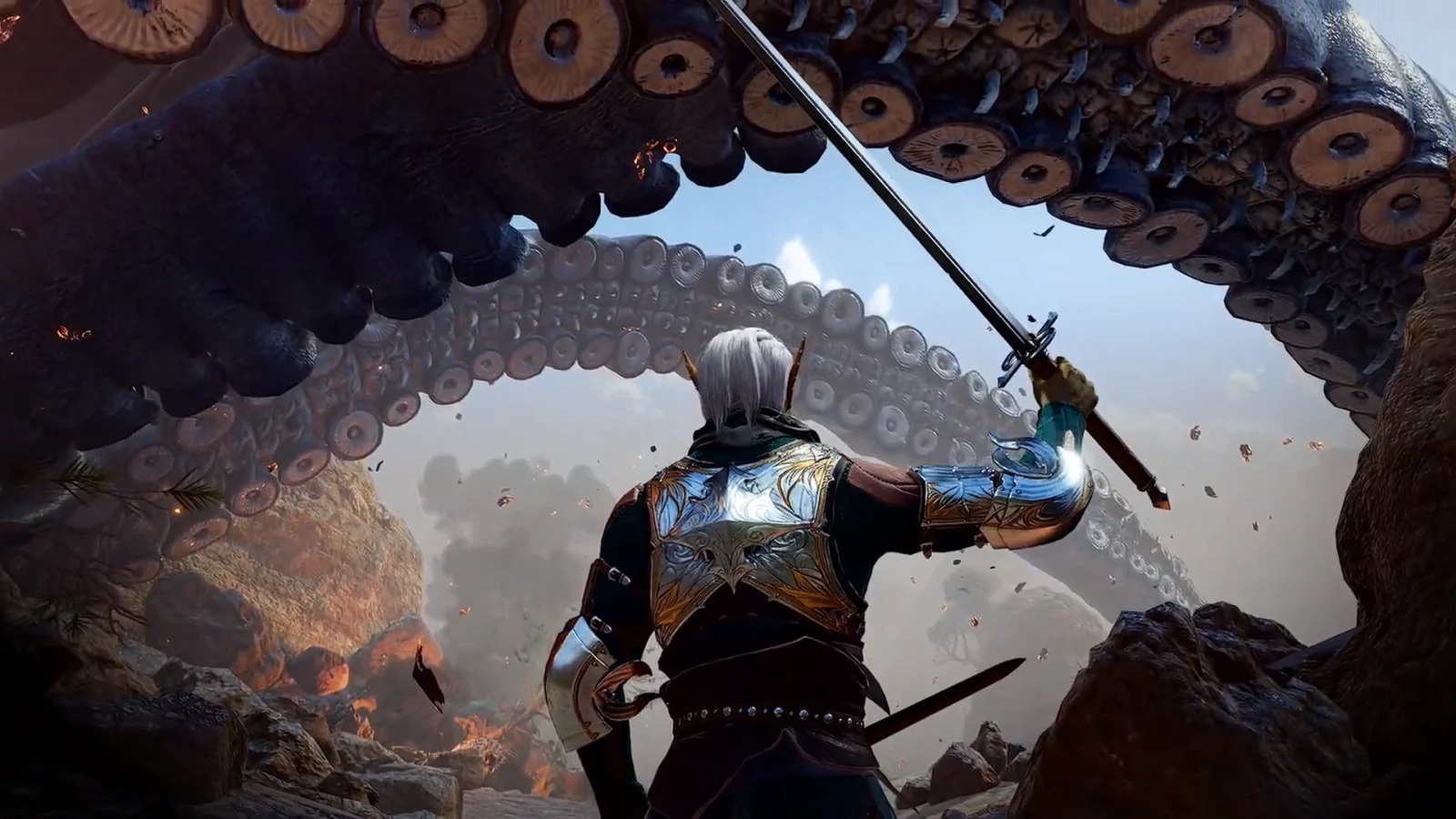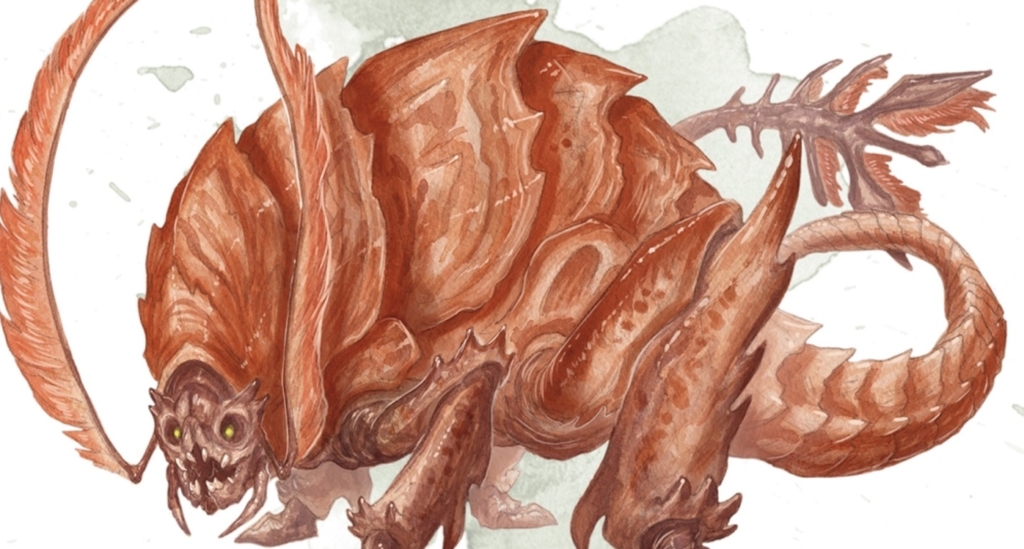D&D: In Baldur’s Gate 3, Running Water Will Kill Vampires
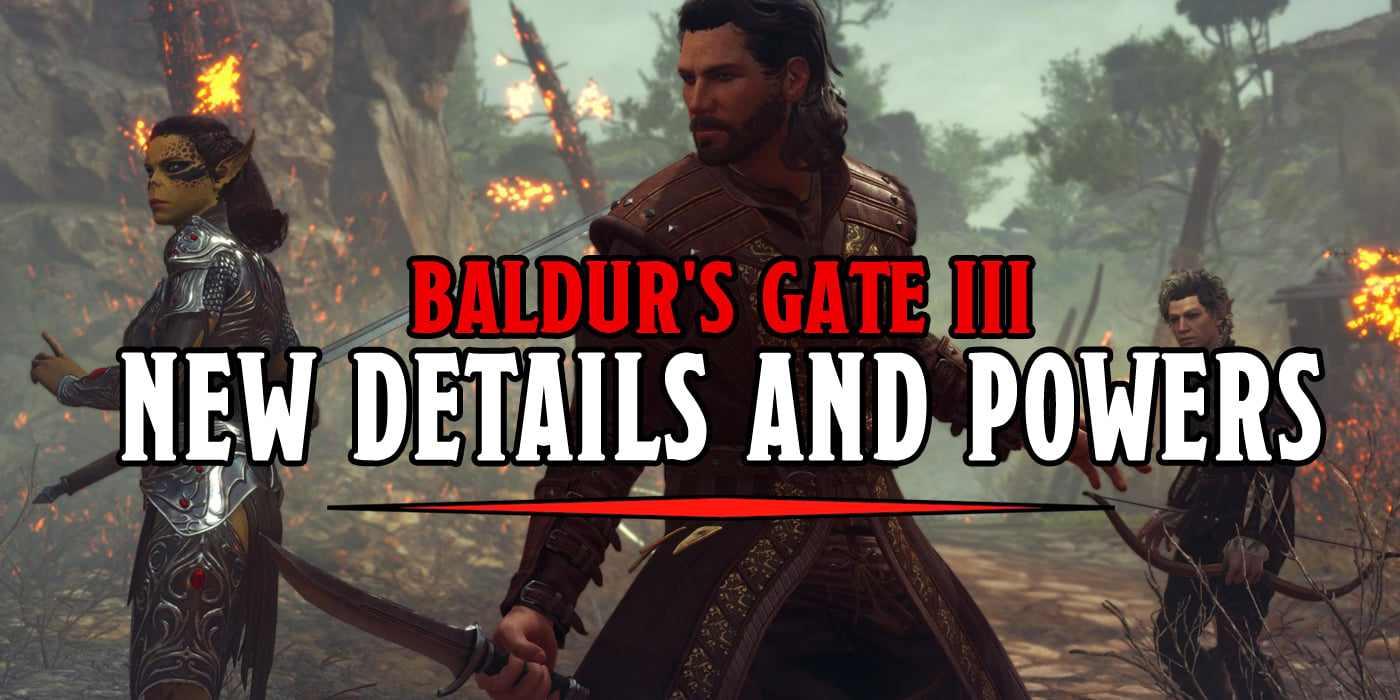

In a new reveal that shows just how far Baldur’s Gate 3 will go with the lore of the game, running water has been programmed to kill vampires.
Vampires are creatures of habits–you would be too if you were an immortal undead being who had to get used to the world changing on them every few decades. One minute you’re looking great in your gothic castle and opera cloak, the next you have to understand why everyone wants JNCO jeans, and by the time you finally have some, suddenly everyone’s pants are skinny enough to be tights. So they have habits.
Well it’s more like a series of restrictions. Don’t go out in sunlight or you’ll die. Don’t forget to sleep in grave dirt from your homeland or you’ll die. Don’t get staked through the heart…although that one will kill anyone, as will getting your head chopped off and stuffed with wafers. But among the vampiric weaknesses is an aversion to running water. In some stories, vampires can’t cross running water. In D&D, though, being in running water is enough to kill them.
End your turn in running water, and you take 20 acid damage and can’t regenerate. It’s an obscure rule that doesn’t come up often in D&D campaigns, even in something like Curse of Strahd. But in Baldur’s Gate III, you’ll have to be a little more careful–because one of the main characters you can play as is Astarion, who is technically a vampire spawn, rather than a true vampire, but he still has all of their weaknesses, and some of their strengths.
Which means that it’s possible to die in the first 15 seconds of Baldur’s Gate III, as lead systems designer Nick Pechenin recently revealed to Rock Paper Shotgun.
As we’ve seen in the gameplay vids, there’s a large river, the Chionthar river, right next to the starting location in the game, and if you’re not careful, Astarion will dissolve in the river. According to Pechenin, the team had to go through each instance of water to determine whether or not it’s running, and therefore deadly to Astarion. Other weaknesses, like not being able to enter a place unless he’s invited, another thing that the team had to implement.
This level of detail is just one of many that await you. Now we’ve talked before about how stealth and environmental effects will play a role in the game–one of the big changes Baldur’s Gate III is making is a change to rangers. According to Pechenin, features like the Ranger’s natural explorer and favored enemy will be replaced with options currently being cooked up by Wizards of the Coast. While we don’t know the specifics, only that it’s “more of a playstyle approach, do you sneak, do you rely on your weapons or beast companion” which has led to a revised ranger in BGIII.
We’ve also seen Inspiration implemented in the gameplay demo. They let you roll with advantage–and since you won’t have a DM there at your table (or other players) to award you Inspiration, you’ll have to try out some of the more adventurous dialogue options to earn the points as well.
Other things still in the works–there will be a level cap, but it hasn’t been decided on. The team wants to honor the higher levels of play, but isn’t certain how they might implement things like Wish. And levelling in this game is expected to be more meaningful as it’s spread out over the game to give a “smoother” experience in terms of combat. And as we’ve previously seen, combat is faster and smoother all around, thanks to some serious animation work to help speed up the game. Your skills and spells will shine in and out of combat.
Speaking of spells, you’ll be able to use your spells in fights–and depending on what you pick, to manipulate the dialogue as well. Things like Friends or Charm Person can change your dialogue, while other buffs might give you advantage or a bonus on the dialogue checks–or unlock new dialogue options altogether. So, you might find yourself making choices you don’t usually make around the tabletop.
All that said, there are a few things still in the works. Reactions are a tricky point for the team right now, currently reactions work differently from how they do in the tabletop game. You decide what reaction you want to trigger, and if that trigger happens, your character takes the reaction. That change means you have to decide which reactions you want to do ahead of time, and for a character with multiple reactions, that can feel a little restrictive. Characters nexwith protection fighting style, for instance, are complicated because they have so many variables (you must be within five feet of an ally and an enemy, must have a shield, and must cause disadvantage), but the team is working on it. One of the things the team wants to do is develop a more open reaction system, but that’s still in the months to come.
Still, the game is shaping up beautifully, and it hasn’t even hit early access yet. We’re excited to see what comes next, so check back for more updates as August creeps closer.
Happy Adventuring!

